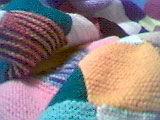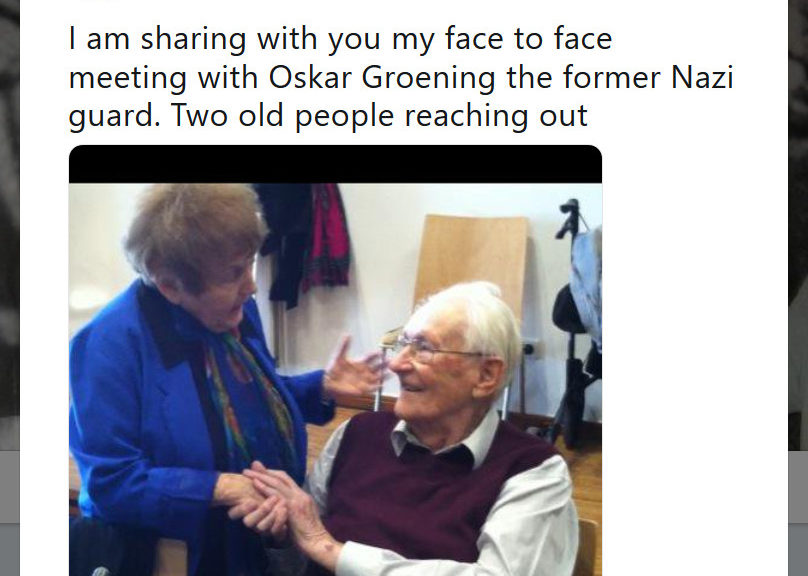 For Hanukkah this year I may have received the most meaningful gift I’ve ever been given. My family isn’t all that big on the gift-giving associated with that time of year. Like many people, it’s more about the time we spend together as a family than the price tags or the presents. We get simple things, like Dutch chocolate letters, an old tradition from my dad; or useful things, like teacups or socks or warm sweaters. And to be honest, this year I didn’t even want a gift. Everyone was happy and healthy, and that’s all that mattered.
For Hanukkah this year I may have received the most meaningful gift I’ve ever been given. My family isn’t all that big on the gift-giving associated with that time of year. Like many people, it’s more about the time we spend together as a family than the price tags or the presents. We get simple things, like Dutch chocolate letters, an old tradition from my dad; or useful things, like teacups or socks or warm sweaters. And to be honest, this year I didn’t even want a gift. Everyone was happy and healthy, and that’s all that mattered.
However, my mom surprised me this year. When I was in high school she taught me how to knit, and I had spent many years slowly knitting colored squares with the intention of one day creating a quilt. She started making squares as well, and when I went away to university we stored the squares and the yarn in our guest room. Unbeknownst to me, my mom had taken on the task of sewing together not only squares that both she and I had made but added those to squares my dad’s mother had made as well: a three-generation quilt.
I was completely stunned. I knew that my mom must have spent countless hours painstakingly arranging all the squares and sewing them together. Her inclusion of pieces from my oma (“grandmother” in Dutch) gives the quilt an added meaning. My oma passed away when I was fourteen, just as I was beginning to know her. She and her husband, who died when I was three, were both Holocaust survivors. I feel as if I’ve spent the rest of my life searching for pieces of them, tying stories, pictures, and memories together in an attempt to hold on to her.
I know a few people who have their grandparent’s pocket watch or a piece of jewelry belonging to a great-great relative. Or maybe it’s an old photograph that they carry in their wallet. These objects remain almost invincible to time, preserving the memories of their past owners and keeping them alive.
Aside from objects, stories that are passed from generation to generation also keep memories from dying. Also, sometimes people name their children after those who have passed on as a way to give honor to their memory.
As for my grandmother, I try to weave the stories my family has told me about her with my own memories as well as physical objects. Before she died, a Holocaust museum in Florida interviewed my grandmother. I listened to the tapes, searching for answers into who she was. She described her experiences about being in a line that separated the people who will live from the people who will die, and about where they slept, ate, and cried. Her spirit and determination comes through on those tapes so vividly, it’s almost as if she’s next to me and we’re having this intimate conversation. I want and need to keep her memory alive for my children and their children too.
In the meantime, the quilt lays on my bed, protecting me from the unknown secrets in the night and keeping me warm. My squares, which are sometimes slightly misshapen or hampered by mistakes, intertwine with those of my mom, pieces that are uniform, brightly colored, and cheerful. My eyes follow the stitches to my oma’s squares, neat, tightly bound, and of deep, rich shades of brown and orange that were popular in the seventies. And maybe it sounds silly, but I know she’s there with me. It’s as if her soul shines through the yarn. Perhaps physical objects are our most powerful relics after all. Either way, they certainly keep our bodies and our hearts warm.
Dear Reader,
In The Fray is a nonprofit staffed by volunteers. If you liked this piece, could you
please donate $10? If you want to help, you can also:



